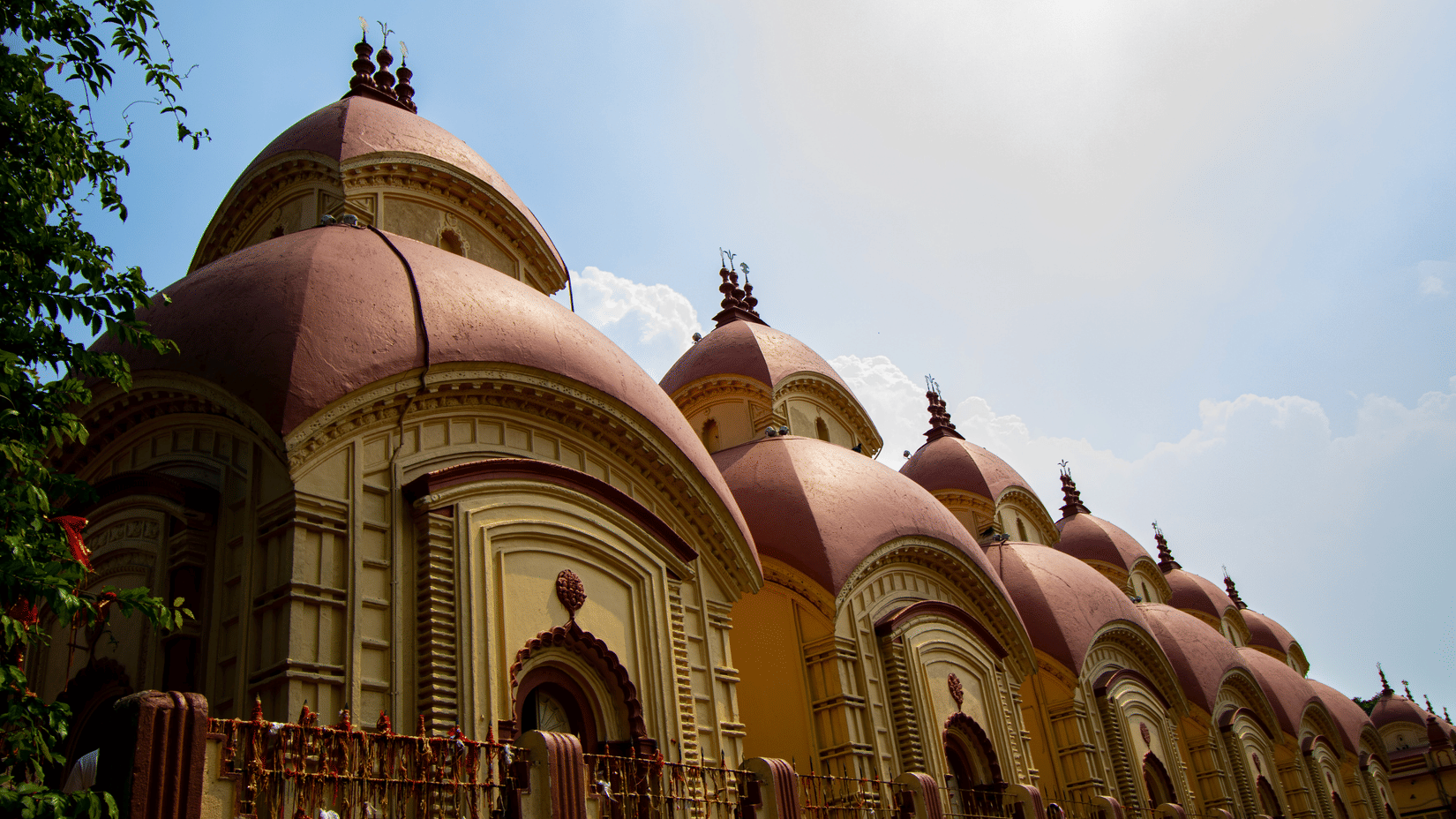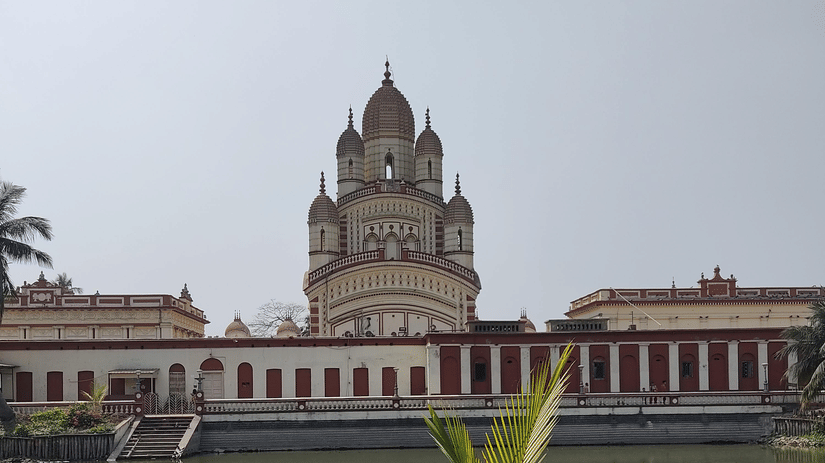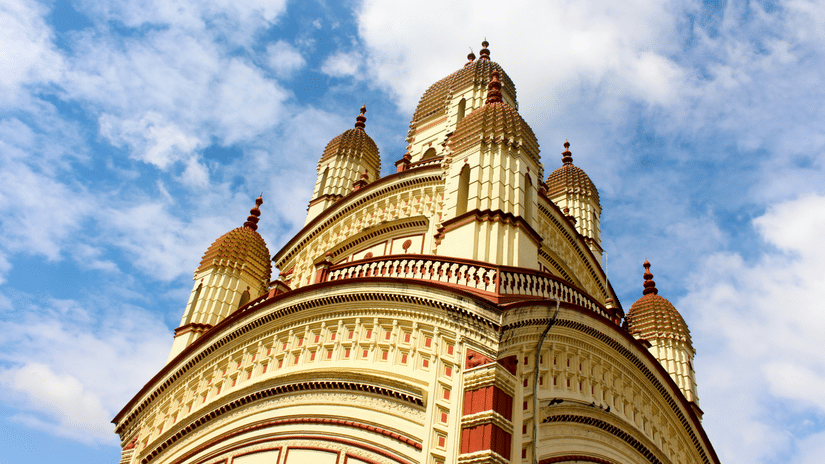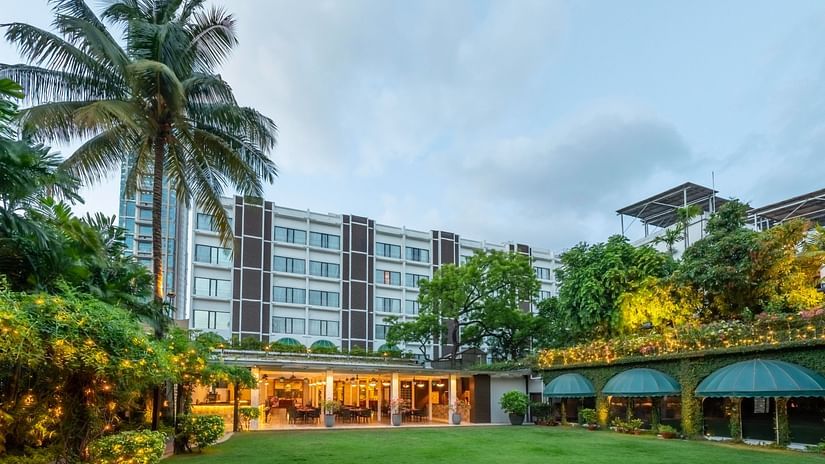- Dakshineswar Kali Temple
- Heritage Places in Kolkata
- Stress Free Business Trips: Luxury Hotel Rooms in Kolkata
- Victoria Memorial, Kolkata
- How to Choose the Best 4-Star Hotel in Kolkata
- Kolkata's Hidden Gems
- Family-Friendly Activities in Kolkata
- M.P. Birla Planetarium, Indore
- Best Family Spots in Kolkata
- Romantic Things to Do in Kolkata
- Shopping in Kolkata
- Basanti Durga Puja
- Trip from Mumbai to Kolkata
- Places to See in Kolkata
- Kolkata Alipore Zoo
- Kolkata Prinsep Ghat
- Things to Do in Kolkata
- Historical Places in Kolkata
- Dover Lane Music Festival
- History of Kolkata
- Nightlife in Kolkata
- Offbeat Places in Kolkata
- Best Time to Visit Kolkata
- Kolkata Tourist Places
- Museums in Kolkata
- Kolkata Street Food
- Birthday Celebration in Kolkata
- Kolkata Sightseeing Itinerary
- Weekend Getaway in Kolkata
- Best Places to Visit in Kolkata During Christmas
- The Best Business Hotel In Kolkata
- Diwali in Kolkata
- Parks in Kolkata
- Durga Puja in Kolkata
- IT Parks in Kolkata
- Celebrating Independence Day in Kolkata
- Famous Temples in Kolkata
- Staycation in Kolkata
- Celebrating the Architecture of Kolkata
- All You Need to Know About Ayurvedic Spa Treatments
- A Food Lover's Guide to Kolkata
- Why You Must Visit Park Street in Kolkata
- Must Visit Places in Kolkata
- Engagement Venue in Kolkata
- Watching 2023 IPL Matches in Kolkata
- Book Fairs in Kolkata
- Valentine’s Day in Kolkata at Kenilworth
- Celebrating Christmas in Kolkata
- Best Place to Stay near Victoria Memorial

Dakshineswar Kali Temple is one of the most revered and architecturally iconic temples in Kolkata, nestled on the eastern bank of the Hooghly River. Built in 1855 by the visionary philanthropist Rani Rashmoni following a divine vision, the temple is dedicated to goddess Kali of Dakshineswar in her powerful Bhavatarini form, worshipped here as the 'saviour of the world'. Sri Ramakrishna Paramahamsa, one of India's best-loved spiritual teachers, is central to the temple's rich heritage, having spent years here serving as a priest and spiritual seeker. It was in this sanctum that Ramakrishna attained enlightenment and inspired generations of devotees, including Swami Vivekananda.
Architecture & Complex
A striking blend of tradition and grandeur, Dakshineswar Kali Temple stands as a superb exemplar of Navaratna (Nine-spired) Bengali temple architecture. The main temple rises over 30 metres, supported by a high platform and a sweeping staircase that welcomes worshippers into the grand inner sanctum. The idol of Bhavatarini Kali, standing on the chest of a supine Shiva atop a thousand-petaled silver lotus—draws pilgrims and the devout from all over India.


Religious & Cultural Importance
Since its consecration, the Dakshineswar Kali Temple has been a major pilgrimage centre, drawing countless devotees who seek the blessings of Kali Mata and wish to experience its spiritual aura. It is a vibrant venue for Hindu festivals—especially Kali Puja and Durga Puja—when the grounds come alive with special rituals, music, and cultural events. As the spiritual home of Sri Ramakrishna and site of many of his mystical experiences, the temple has a profound influence on followers of the Ramakrishna Mission and on Kolkata’s religious identity.


Visitor Information
Strategically located just around 17 km from the Kenilworth Hotel, Kolkata, Dakshineswar Kali Mata Mandir is an easy 45–60-minute drive—a convenience for city travellers as well as pilgrims from afar. Early morning visits or attending the enchanting evening aarti allow visitors to witness the temple at its most atmospheric, with melodious chants and hundreds of lamps lighting up the complex. Just across the river lies Belur Math, headquarters of the Ramakrishna Mission, offering another pillar of Bengal’s spiritual and cultural legacy. The temple grounds are open year-round and provide prasad facilities for visitors.
Kenilworth Hotel, Kolkata Advantage
Centrally located and offering comfortable rooms, in-house dining, and a travel desk, Kenilworth Hotel is an excellent choice for those seeking both comfort and accessibility in Kolkata. The hotel’s team routinely assists guests in arranging temple visits, guided heritage tours, and transfers to Dakshineswar, helping visitors maximise their pilgrimage or cultural itinerary. The hotel’s ambience is perfect for unwinding after a day of spiritual exploration, and its central location puts guests in easy reach of all the city’s highlights.

FAQs
1. Where is Dakshineswar Kali Temple located?
On the eastern bank of the Hooghly River, around 12 km from central Kolkata.
2. Who built the Dakshineswar Kali Temple?
Commissioned by Rani Rashmoni in 1855 after a divine vision.
3. What architectural style is the temple?
Classic Bengal Navaratna (Nine-spired) style with additional aat-chala Shiva temples and a Radha-Krishna temple.
4. What is Sri Ramakrishna Paramahamsa’s connection to the temple?
He served as a priest and attained spiritual enlightenment in this temple.
5. When is the best time to visit?
Early morning or evening aarti offers a serene and spiritual atmosphere.
6. Are there other pilgrimage spots nearby?
Yes, Belur Math, the headquarters of the Ramakrishna Mission, lies just across the river.
7. Why choose the Kenilworth Hotel for a pilgrimage stay in Kolkata?
Centrally located, comfortable, and offering travel desk assistance for temple visits and heritage excursions.